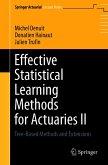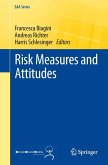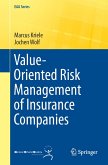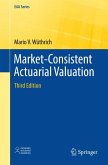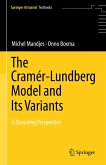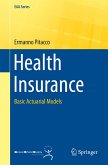Artificial intelligence and neural networks offer a powerful alternative to statistical methods for analyzing data. This book reviews some of the most recent developments in neural networks, with a focus on applications in actuarial sciences and finance.
The third volume of the trilogy simultaneously introduces the relevant tools for developing and analyzing neural networks, in a style that is mathematically rigorous and yet accessible. The authors proceed by successive generalizations, requiring of the reader only a basic knowledge of statistics.
Various topics are covered from feed-forward networks to deep learning, such as Bayesian learning, boosting methods and Long Short Term Memory models. All methods are applied to claims, mortality or time-series forecasting.
This book is written for masters students in the actuarial sciences and for actuaries wishing to update their skills in machine learning.
The third volume of the trilogy simultaneously introduces the relevant tools for developing and analyzing neural networks, in a style that is mathematically rigorous and yet accessible. The authors proceed by successive generalizations, requiring of the reader only a basic knowledge of statistics.
Various topics are covered from feed-forward networks to deep learning, such as Bayesian learning, boosting methods and Long Short Term Memory models. All methods are applied to claims, mortality or time-series forecasting.
This book is written for masters students in the actuarial sciences and for actuaries wishing to update their skills in machine learning.
Dieser Download kann aus rechtlichen Gründen nur mit Rechnungsadresse in A, B, BG, CY, CZ, D, DK, EW, E, FIN, F, GR, HR, H, IRL, I, LT, L, LR, M, NL, PL, P, R, S, SLO, SK ausgeliefert werden.
"Intended for students and practicing actuaries, this book follows its presentations of neural network methods with detailed case studies using insurance data. ... The unified approach lays a solid foundation for understanding non-likelihood methods readers may later encounter." (David R. Bickel, Mathematical Reviews, May, 2021)



